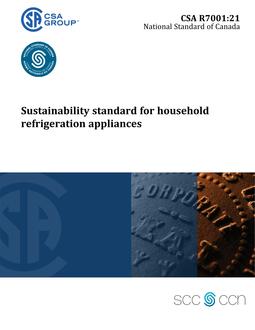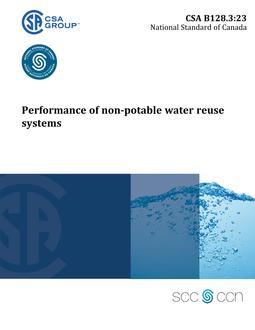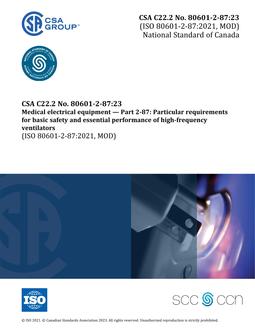
CSA R7001:21
Preface
This is the second edition of CSA R7001, the third edition of UL 7001, and the most recent version of AHAM 7001, Sustainability Standard for Household Refrigeration Appliances. This harmonized standard was prepared by the Association of Home Appliance Manufacturers (AHAM), CSA Group, and Underwriters Laboratories Inc. (UL). The efforts and support of the Technical Harmonization Committee are gratefully acknowledged. This standard was prepared by CSA Technical Committee on Sustainability of Household Appliances under the jurisdiction of CSA Strategic Steering Committee on Business Management and Sustainability and has been formally approved by the CSA Technical Committee. This Standard has been developed in compliance with Standards Council of Canada requirements for National Standards of Canada. It has been published as a National Standard of Canada by CSA Group.
The environmental performance of refrigeration home appliances is commonly evaluated on the single environmental attribute of electricity consumption during use. This Standard takes a multi-attribute, life cycle approach to measuring a broad spectrum of environmental and social impacts of refrigeration home appliances as a means of assessing sustainability performance. The multi-attribute approach was developed using representative product life cycle assessment (LCA) information along with other key factors such as hot-spot or hot-button analyses influencing product environmental performance. The attributes and criteria in this Standard are drawn from a much larger list and reflect the understanding of the attributes and criteria that are most prominent in sustainable performance and over which the manufacturers of these products have control. This approach, detailed in Annex A, determined the environmental attributes of refrigeration appliances for inclusion in this Standard. The authors acknowledge that revisions to this Standard will be considered periodically and that future editions may consider a broader range of sustainability criteria. It has been contemplated by all parties that this Standard will be updated to reflect new U.S. Department of Energy or Natural Resources Canada minimum energy performance standards for refrigeration products. Many of the measurements included in this Standard are unique and have not been conducted on other appliance categories. The Standards committees expect to learn much from the application of this First Edition in subsequent years. The use of this Standard and self-assessment by refrigeration products manufacturers and external third-party assessment bodies will be used to improve the Standard in drafting the second and subsequent editions. This Standard was written specifically for products placed on the market in the United States and Canada. At the present time, a number of the calculations are based on systems and designs of products in North America.
Scope
1.1 This Standard covers two-phase refrigerant compression-type refrigeration appliances for household use included within the scope of the U.S. Department of the Energy (DoE) and Canadian Federal Energy Efficiency Regulations minimum energy performance requirements. This includes the following product categories: (a) refrigerators; (b) refrigerator-freezers; (c) chest and upright freezers; and (d) compact refrigerator/freezers.
1.2 This Standard does not cover absorption-type refrigerators or refrigeration appliances for commercial use.
2 General
2.1 In this Standard, shall is used to express a requirement, i.e., a provision that the user is obliged to satisfy in order to comply with the Standard; should is used to express a recommendation or that which is advised but not required; and may is used to express an option or that which is permissible within the limits of the Standard. Notes accompanying clauses do not include requirements or alternative requirements; the purpose of a note accompanying a clause is to separate from the text explanatory or informative material. Notes to tables and figures are considered part of the table or figure and may be written as requirements. Annexes are designated normative (mandatory) or informative (non-mandatory) to define their application.
Product Details
- Published:
- 10/26/2021
- ISBN(s):
- 9781488339110
- Number of Pages:
- 67
- File Size:
- 1 file , 2 MB
- Product Code(s):
- 2429601, 2429601


